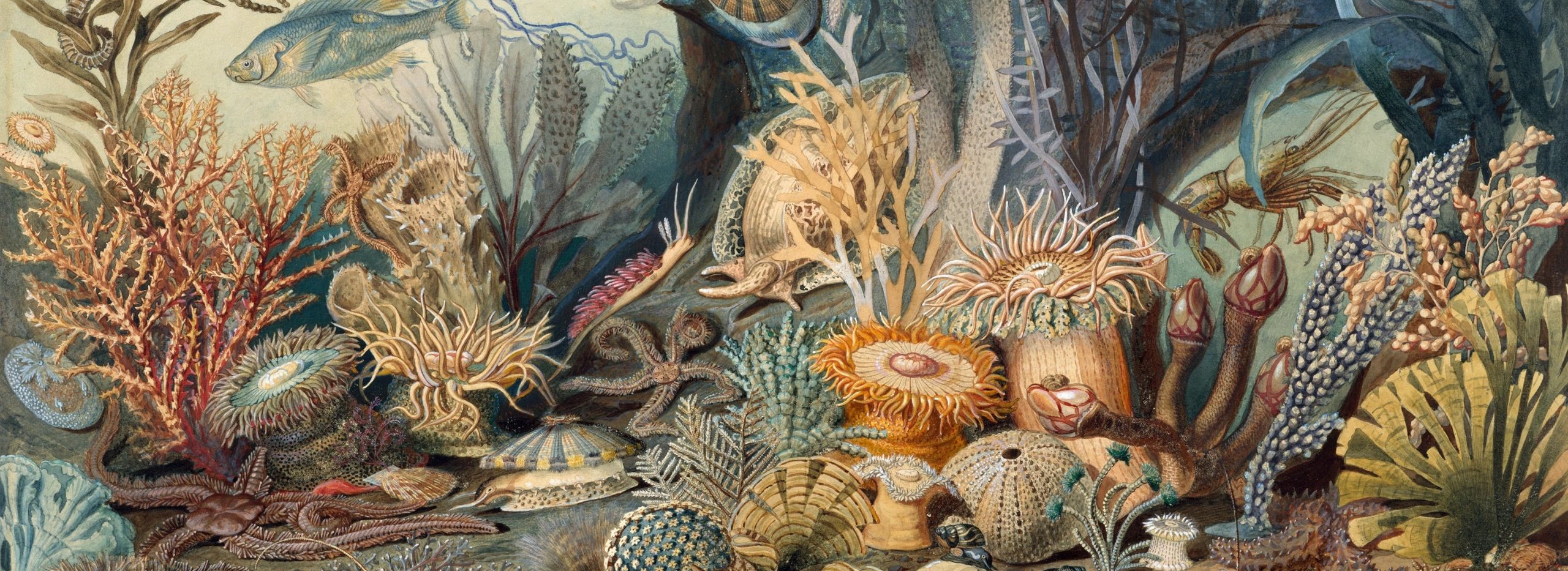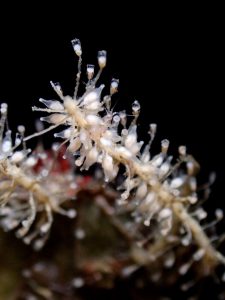
According to the literature, some siphonophore species occur in both polar regions and their corresponding neighbouring waters, but are they really the same species or not? How similar/related are they?
This MSc project includes:
- Sampling opportunities in the Arctic
- Learning techniques at the DNA lab (DNA barcoding) and the morphology lab (identification and taxonomy)
- Phylogenetic and molecular species delimitation analysis
- Joining activities for outreach and science popularization
- Presenting in academic events and potentially being part of a peer-reviewed publication
- Participation in European Project POLE2POLE (Horizon2020)
Interested? Contact Luis Martell, Joan J Soto Angel, or Aino Hosia

